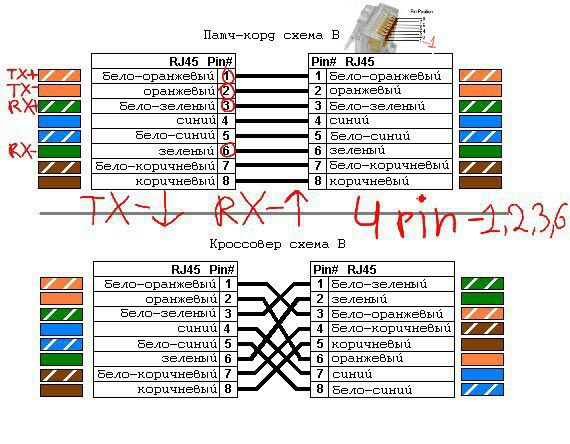ЕР
Size: a a a
2020 February 09
в ethernet 10Base-T и 100Base-T используется 2 витых пары , то есть по 4 провода же для передачи данных? Каким образом скорость в 10 раз увеличили? чет нагуглить не могу, может кто шарит, интересно стало
Как из 10 сделали 100?
А
Как из 10 сделали 100?
Да, вот это меня интересует
AD
в ethernet 10Base-T и 100Base-T используется 2 витых пары , то есть по 4 провода же для передачи данных? Каким образом скорость в 10 раз увеличили? чет нагуглить не могу, может кто шарит, интересно стало
10base 100base действительно две пары но 10 испорлоьзует 3 категорию а 100 пятую
А
На физическом уровне как реализовали передачу сигнала в 10 раз выше по тем же проводам
А
10base 100base действительно две пары но 10 испорлоьзует 3 категорию а 100 пятую
ага, значит разница в сопротивлении проводников что ли, надо теперь отличия категорий глянут
AD
ага, значит разница в сопротивлении проводников что ли, надо теперь отличия категорий глянут
там разные показатели затухания сигнала наводок и прочее
ЕР
Да, вот это меня интересует
Из-за дуплекса вроде
ЕР
В 10мбит каждый провод передаёт строго в одном направлении
ЕР
Типа пара на отдачу, пара на приём
ЕР
В 100 и гиге каждый провод может куда хочет передавать
А
Типа пара на отдачу, пара на приём
воот, 1 и 2 (оранжевые) на передачу и 3 с 6 (зеленые) на прием
ЕР
воот, 1 и 2 (оранжевые) на передачу и 3 с 6 (зеленые) на прием
Ну в 100 все могут передавать или принимать
А
У меня такая картинка есть, но это, я так думаю, справедливо только для StarLAN и 10Base-T
ЕР
А
Красиво👍👍 но не очень ещё и понятно, там частота увеличивается с каждым приростом скорости, как у вайфай прям
ЕР
Читать про фаст эзернет кароч вам
AD
A 10BASE-T transmitter sends two differential voltages, +2.5 V or −2.5 V. A 100BASE-TX transmitter sends three differential voltages, +1 V, 0 V, or −1 V.[10] Unlike earlier Ethernet standards using broadband and coaxial cable, such as 10BASE5 (thicknet) and 10BASE2 (thinnet), 10BASE-T does not specify the exact type of wiring to be used, but instead specifies certain characteristics that a cable must meet. This was done in anticipation of using 10BASE-T in existing twisted-pair wiring systems that did not conform to any specified wiring standard. Some of the specified characteristics are attenuation, characteristic impedance, timing jitter,[citation needed] propagation delay, and several types of noise and crosstalk. Cable testers are widely available to check these parameters to determine if a cable can be used with 10BASE-T. These characteristics are expected to be met by 100 meters of 24-gauge unshielded twisted-pair cable. However, with high quality cabling, reliable cable runs of 150 meters or longer are often achievable and are considered viable by technicians familiar with the 10BASE-T specification.[citation needed]
100BASE-TX follows the same wiring patterns as 10BASE-T, but is more sensitive to wire quality and length, due to the higher bit rates.
100BASE-TX follows the same wiring patterns as 10BASE-T, but is more sensitive to wire quality and length, due to the higher bit rates.
AD
вот что говори випедия





